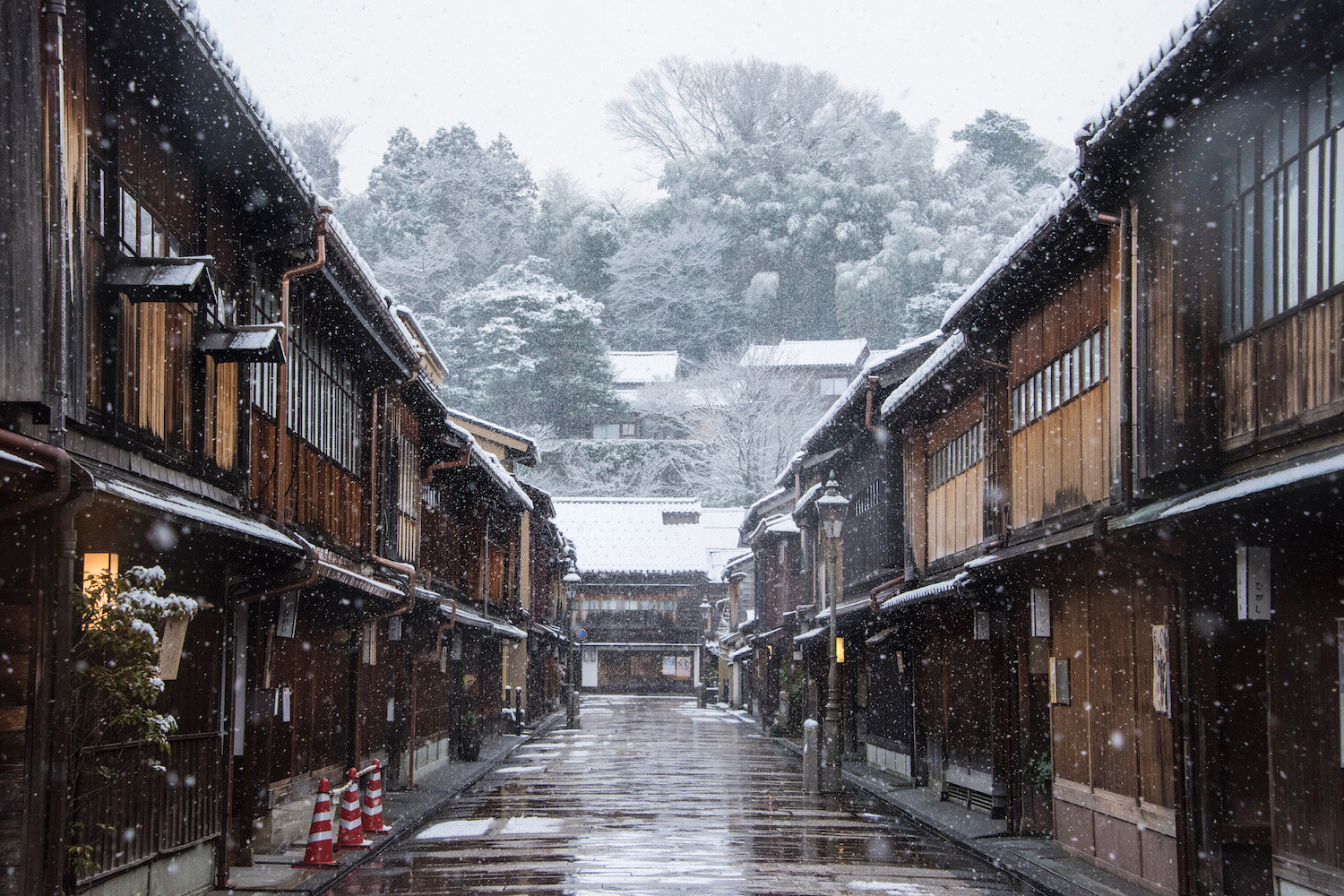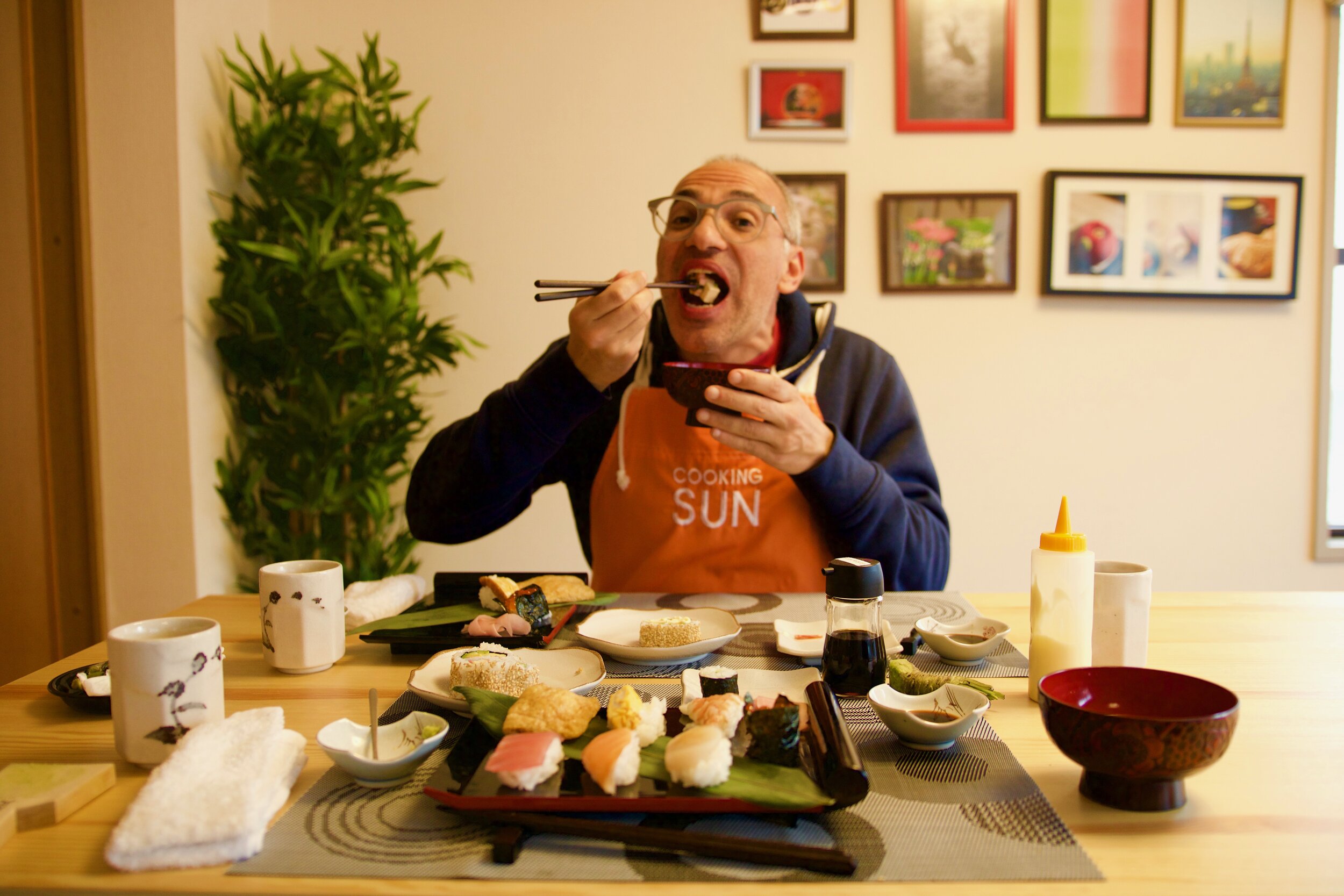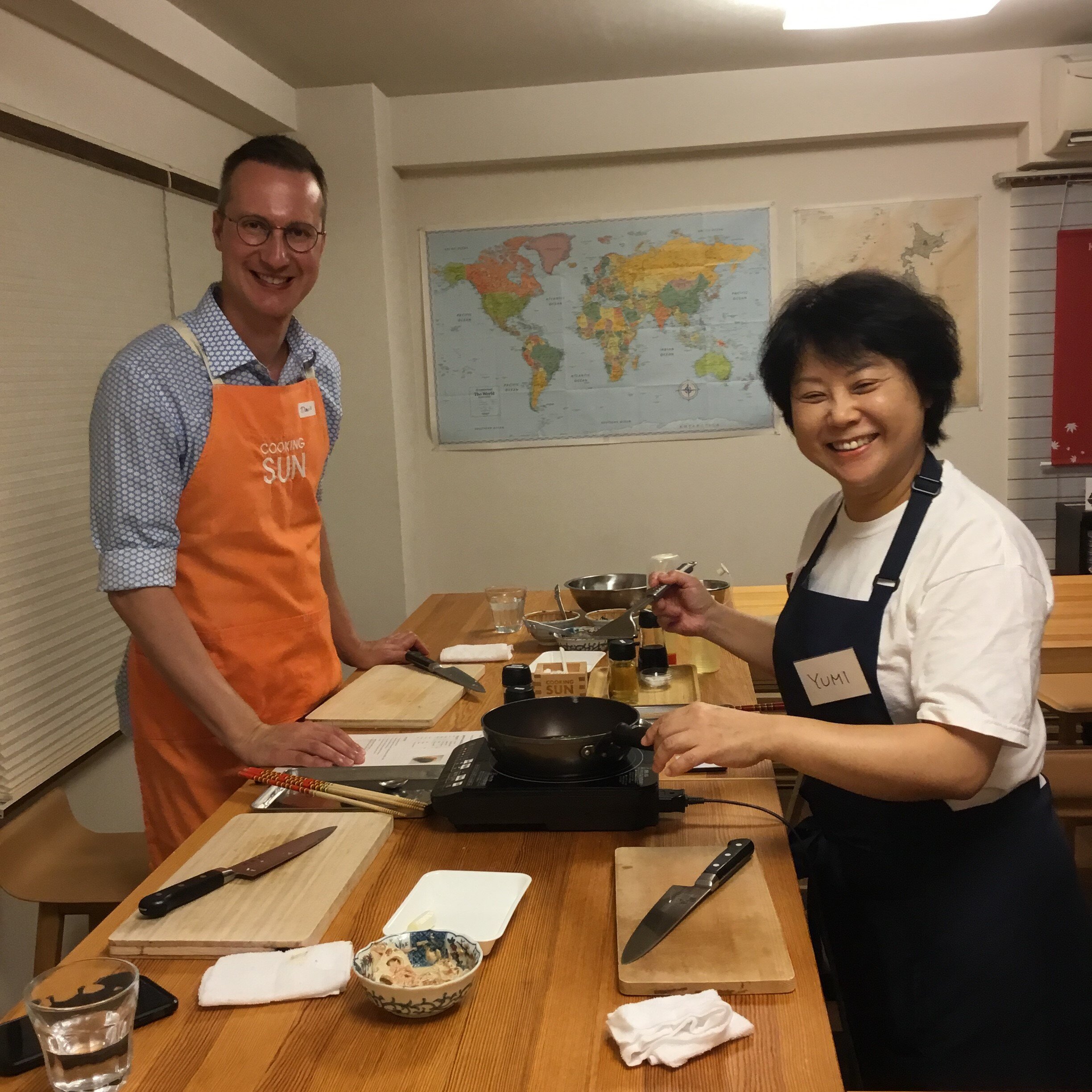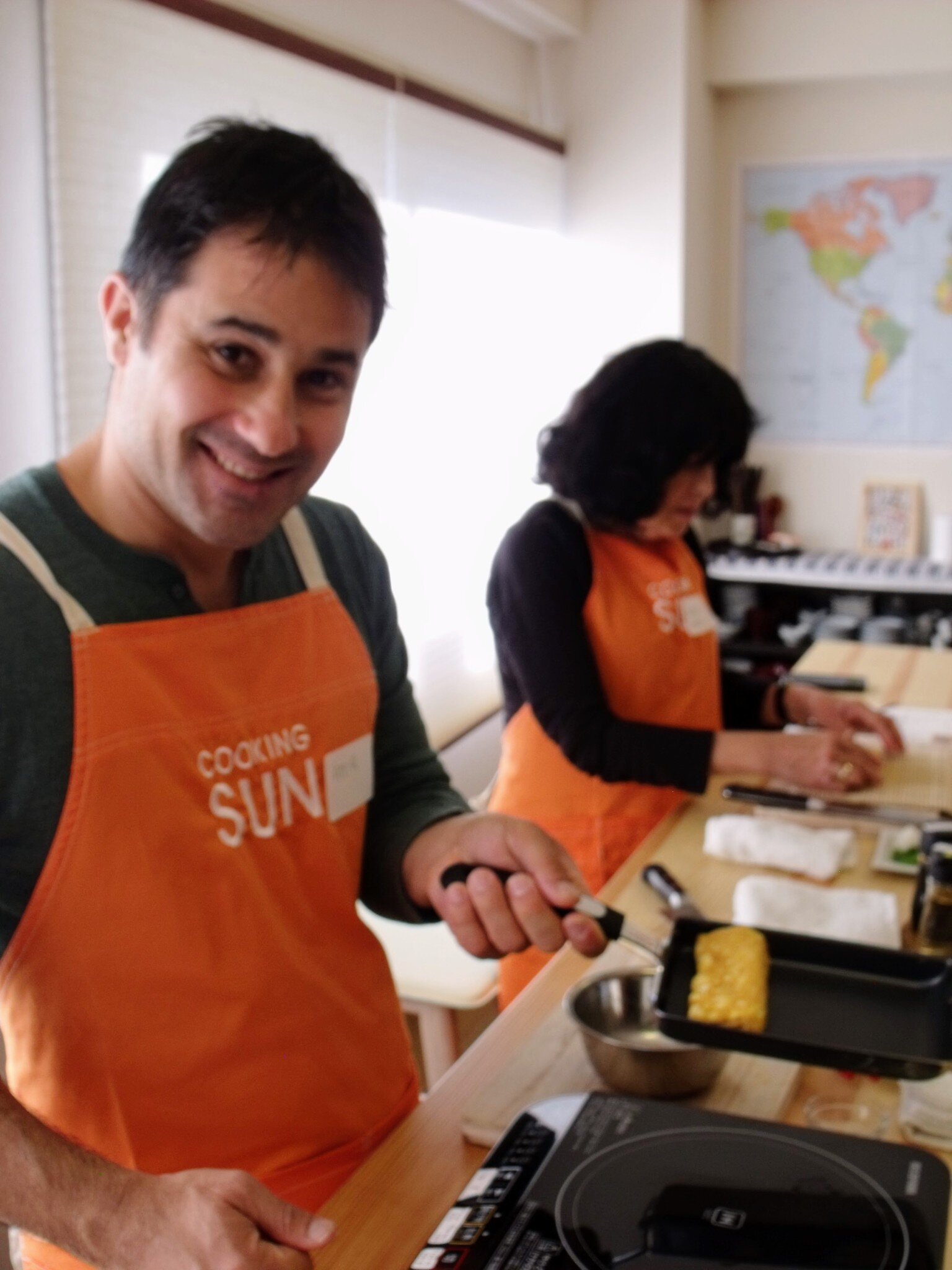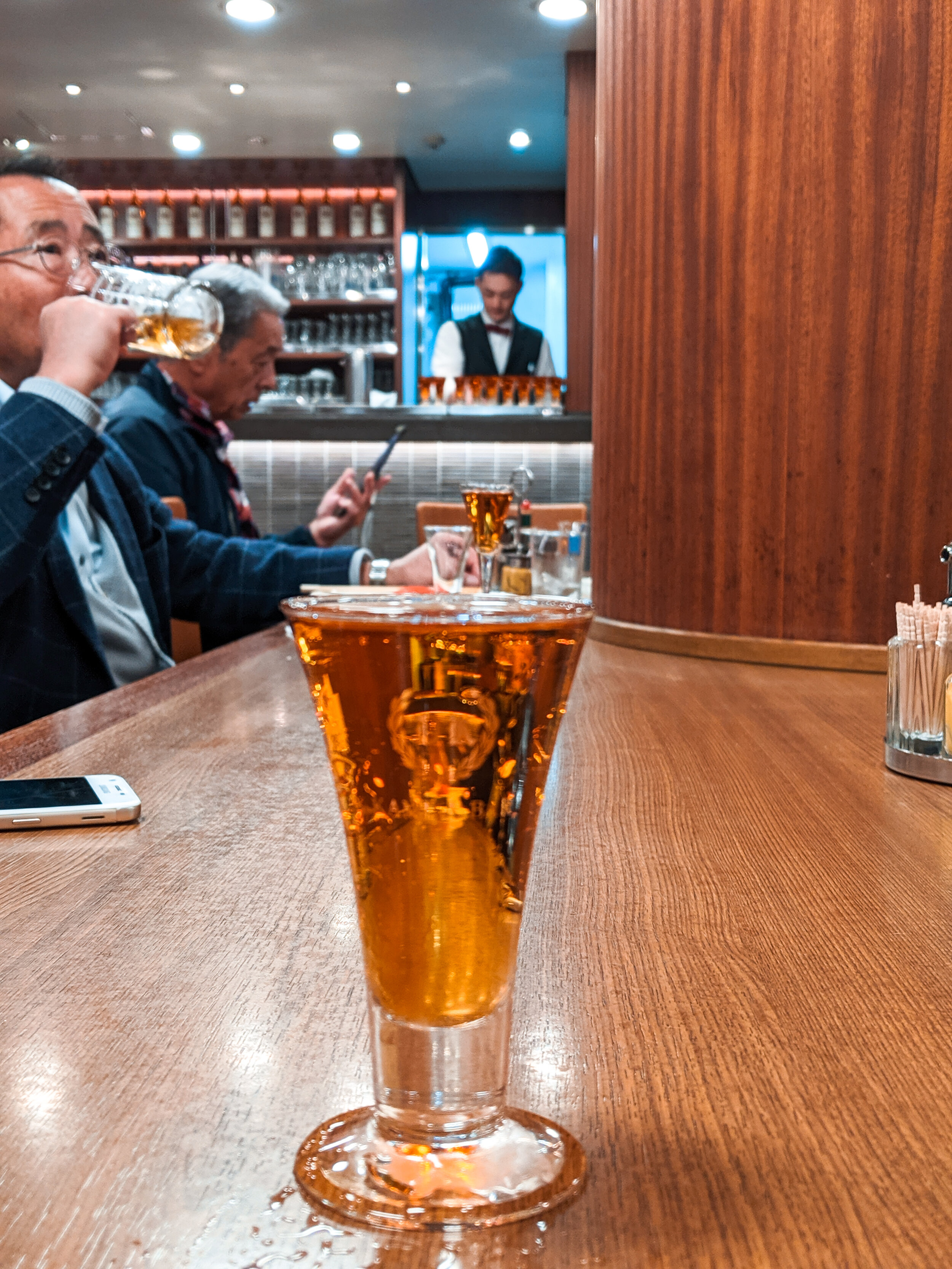The three major cities in Japan that come to mind for people worldwide are probably Tokyo, Osaka and Kyoto. You’re most likely going to be hitting at least one of the cities in your time here. So Tokyo, Osaka and Kyoto don’t need much of an introduction.
But, what about the other places to visit in Japan? The countryside or the not so major cities that still have so much to offer in Japan? While this depends on how much time you have in Japan, we believe that visiting these cities in Japan still won’t disappoint you. These are the underrated cities of Japan that are till rich in history, food, culture and more. Here’s a list of other cities worth visiting:
Hiroshima: Hiroshima could be categorized as a major city but is often times overlooked. You can visit the Hiroshima Peace Park and see how the city has rebuilt after over 70 years since the dropping of the atomic bomb. Make sure to stop by Miyajima island as well.
Yokohama: Yokohama is a very easy and quick train ride from Tokyo. It’s a harbor city that’s seen a lot of development over the years to fit in great attractions.
Nara: Possibly most know for it’s Deer Park where you can feed dears, Nara is a historical city with lots of temples and artwork that date back thousands of year.
Hakone: Located in the same prefecture as Yokohama, Hakone offers beautiful sceneries of Mt. Fuji. You won’t go directly to the mountain but you can see nature and scenery unique only to Hakone. It’s definitely a must see.
Sapporo: If you don’t mind the cold, fly up to Hokkaido (the northern major island of Japan) and visit Sapporo. Sapporo is known for it’s beer, miso ramen, skiing and winter festivals.
Hakodate: Another major city in Hokkaido, Hakodate offers some of the best seafood in Japan.
Kanazawa: Kanazawa is a very famous tourist destination for Japanese people, but it should be no stranger to foreigners as well. A well preserved, geisha-samurai town - Kanazawa is filled with historical and cultural locations. It has some of the best quality seafood/sake and is probably most famous for Kenrokuen Garden - one of Japans three great gardens.
Okayama: Often times just a layover stop before heading to Hiroshima, Okayama is an underrated former Castle town with lots of tradition and culture. It also possesses Korakuen - another one of Japans three great gardens.
Izu Peninsula: Most people pass through Izu without knowing it. By the bullet train, you pass through this area from Tokyo to Kyoto. It’s a beautiful place with history and culture. It’s also known for it’s good food, good scenery and hot springs.
Okinawa: While it’s not a city, it’s an island a bit far from the mainland. It’s basically the Hawaii of Japan - what more do you need to hear? There tropical climate, broad beaches and World War II sites makes it an interesting place for scenery and history.
Photo Credit: Japan Starts Here
#placestovisitinjapan #underratedcities









